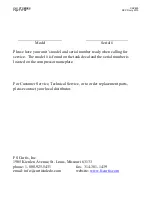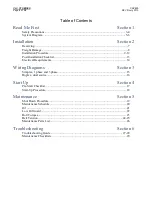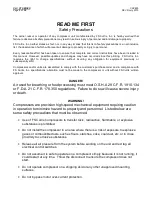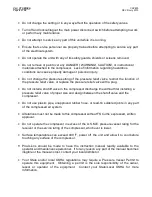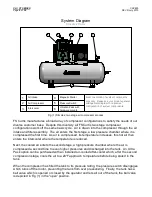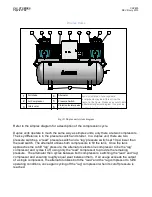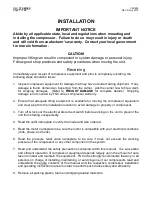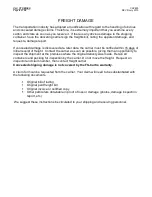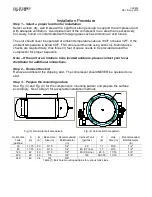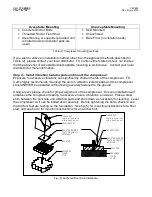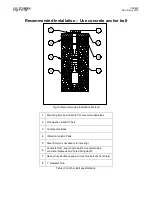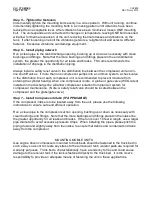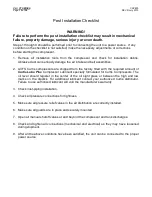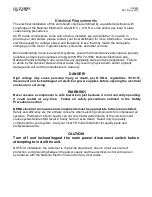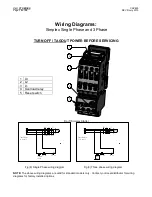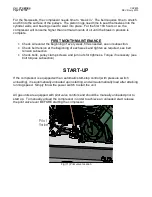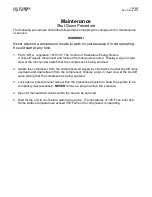
CA / CT SERIES
CAP600
Page 4 of 30
REV D July 2013
•
Do not change the setting or in any way affect the operation of the safety valves.
•
Turn off and lockout/tagout the main power disconnect switch before attempting to work
or perform any maintenance.
•
Do not attempt to service any part of this unit while it is running.
•
Ensure that service personnel are properly trained before attempting to service any part
of the electrical system.
•
Do not operate the unit with any of its safety guards, shields or screens removed.
•
Do not remove or paint over any DANGER!, WARNING!, CAUTION!, or instructional
materials attached to the compressor. Lack of information regarding hazardous
conditions can cause property damage or personal injury.
•
Do not change the pressure setting of the pressure relief valve, restrict the function of
the pressure relief valve, or replace the pressure relief valve with a plug.
•
Do not install a shutoff valve in the compressor discharge line without first installing a
pressure relief valve of proper size and design between the shutoff valve and the
compressor.
•
Do not use plastic pipe, unapproved rubber hose, or lead-tin soldered joints in any part
of the compressed air system.
•
Alterations must not be made to this compressor without FS Curtis’ expressed, written
approval.
•
Do not operate the compressor in excess of the A.S.M.E. pressure vessel rating for the
receiver or the service rating of the compressor, whichever is lower.
•
Surface temperatures can exceed 400 °F, power off the unit and allow it to cool before
touching any surface of the compressor.
•
Provisions should be made to have the instruction manual readily available to the
operator and maintenance personnel. If for any reason any part of the manual becomes
illegible or the manual is lost, contact your local distributor.
•
Your State and/or local OSHA regulations may require a Pressure Vessel Permit to
operate this equipment. Obtaining a permit is the sole responsibility of the owner,
lessor or operator of the equipment. Contact your State/Local OSHA for more
information.


